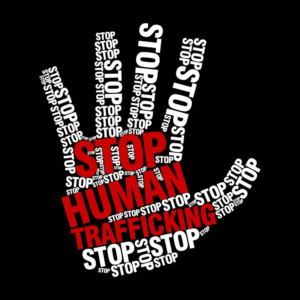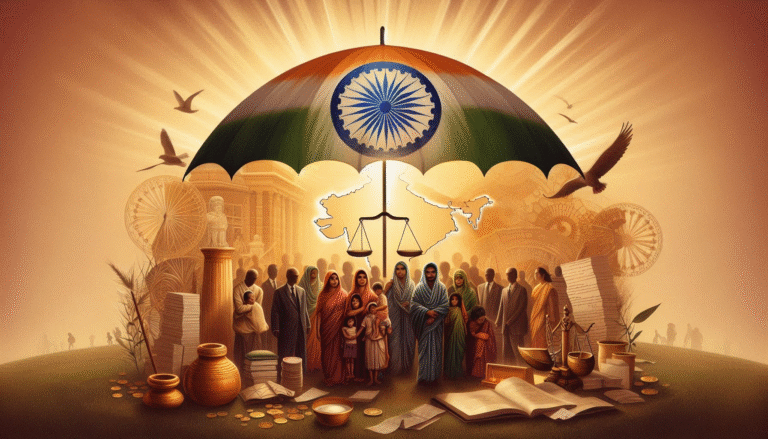
Shinning the Light on the Shadows Rising Awareness about Human Trafficking

Purpose of this Report
This report’s goal is to increase public awareness of the problem of human trafficking and the value of bringing it to light. In addition to outlining the causes, effects, and scale of human trafficking, the report also emphasizes the need for greater public awareness of the issue and stronger enforcement measures to combat this horrible crime.
The study also lists several awareness-raising tactics for human trafficking, including training and education programs, public relations campaigns, neighbourhood outreach programs, and advocacy initiatives. The study hopes that disseminating this knowledge would motivate people and groups to take action against human trafficking and support efforts to eradicate the issue.
The overall goal of this report is to raise increased awareness of the problem of human trafficking, as well as action, and to eliminate this grave human rights violation.

I. Introduction
A serious crime and violation of human rights, human trafficking entails employing coercion, deception, or force to coerce someone into doing forced labour or engaging in sexual exploitation. Millions of individuals worldwide are impacted by this intricate and varied problem, with women and girls making up the bulk of the victims.
An industry with an estimated $150 billion in yearly income is human trafficking. Numerous parties are involved in trafficking, including traffickers, victims, and purchasers. Traffickers recruit and transport victims using a range of techniques, such as assault, force, and deceit.
Human trafficking victims originate from a variety of backgrounds, including poverty, violence, and migration, and can be men, women, or children.

To address this issue, awareness-building concerning human trafficking is essential. The public may be made aware of the warning indications of human trafficking, the dangers of migration and exploitation, and the significance of reporting any suspicious activity to the authorities through awareness-raising initiatives.
Human trafficking may be brought to public attention in several methods, including education and training, public awareness campaigns, community outreach, and advocacy initiatives. We can help put an end to human trafficking and make sure that everyone has the freedom to live without being exploited or abused by banding together to spread awareness and take action.
II. Understanding Human Trafficking
Trafficking is a profitable industry with an estimated $150 billion in annual income. Traffickers recruit and transport victims using a range of techniques, such as assault, force, and deceit. They make use of people’s weaknesses, such as poverty, violence, and migration, to take advantage of their victims. Human trafficking victims come from a variety of backgrounds and might be men, women, or children.

Human trafficking has serious and pervasive effects on its victims. Victims frequently endure sexual exploitation, forced labour, and physical and emotional torture. Their fundamental human rights are being infringed, and they can have physical and mental health issues. Even if the victims are saved, the psychological damage can linger for years.
III. The Need for Awareness-Raising
To address this issue, awareness-building concerning human trafficking is essential. Public awareness-raising and education campaigns may inform people about the dangers of exploitation and migration as well as the symptoms of human trafficking. Additionally, they can persuade the public to tip off law officials about questionable activity and urge victims to come forward and ask for assistance.
The lack of information and knowledge about the problem is a major obstacle to bringing attention to human trafficking. Many people don’t know how common and serious human trafficking is, and they might not be able to spot its telltale indications. In addition, victims may be reluctant to come forward because they distrust law enforcement or are afraid of retaliation.
IV. Strategies for Raising Awareness
Awareness-raising tactics for human trafficking include education and training, public relations campaigns, neighbourhood outreach, and advocacy initiatives.
Law enforcement, healthcare workers, and other professionals can be educated and trained to recognize victims of trafficking and offer them the assistance and resources they require. Additionally, it can aid in enhancing the reaction to incidents of human trafficking and guarantee that victims get the proper care and protection.
Public education initiatives can assist spread knowledge about human trafficking and compel people to alert authorities to any suspicious behaviour. To reach a large audience, these campaigns might make use of a variety of media, such as social media, television, and print.
Community outreach initiatives can aid in educating at-risk groups about the dangers of human trafficking and how to take preventative measures. These initiatives may entail collaborating with neighbourhood associations and civic leaders to foster trust and offer assistance to groups who are at risk.

Advocates can work to increase public understanding of the problem of human trafficking and persuade decision-makers to take action. This may entail calling for stricter laws and regulations to safeguard victims and hold traffickers accountable as well as more funding to assist anti-trafficking initiatives.
V. Conclusion and Call to Action
Trafficking is a severe issue that calls for coordinated action to address. To shed light on this issue and put a stop to this horrible act, it is essential to raise awareness about it. The battle against human trafficking requires the use of a variety of effective strategies, including advocacy, community engagement, public awareness campaigns, and education and training.
By becoming aware of the indicators of human trafficking and learning how to alert the authorities to questionable activity, every one of us can do our bit. We may assist groups that support victims of human trafficking and fight the practice. In addition, we can push for tougher regulations and legislation to stop human trafficking and guarantee that victims get the help they require.
By completing these actions, we can contribute to the efforts to stop this issue and help spread awareness about human trafficking. Ensuring that everyone may live without being exploited or abused is our joint responsibility, and by cooperating, we can change things.







